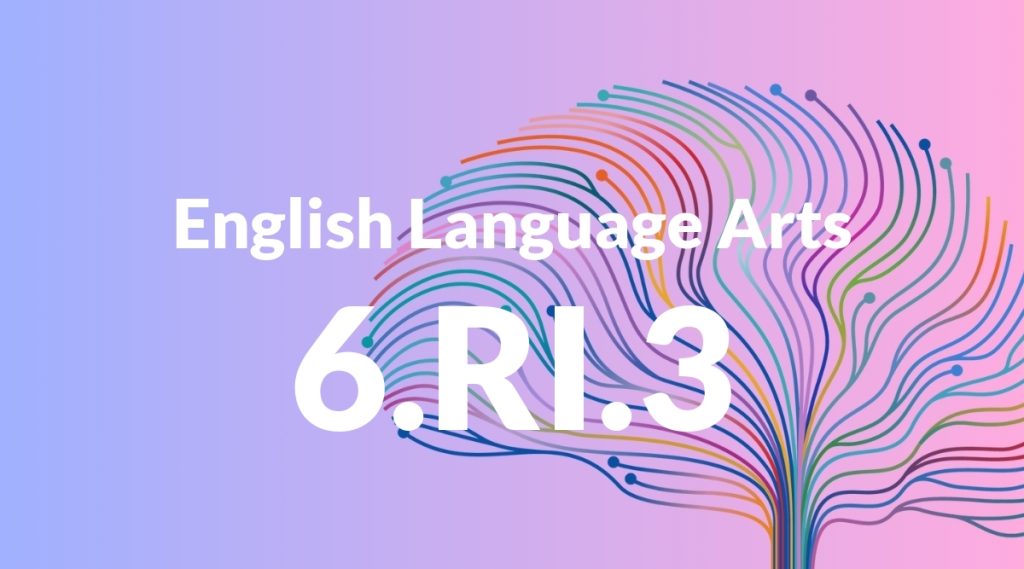Standard: 6.RI.3 – Analyze in detail how a key individual, event, or idea is introduced, illustrated, and elaborated in a text (e.g., through examples or anecdotes).
Grade level: Grade 6
Subject: English Language Arts
Domain: Reading: Informational Text
Teacher Overview
This standard focuses on students’ ability to analyze how key individuals, events, or ideas are introduced, illustrated, and elaborated in informational texts. This skill is crucial for understanding complex texts and for building the ability to critically evaluate information. Students should be able to identify main ideas and supporting details, and have experience with different types of informational texts.
Students will progress to comparing and contrasting multiple texts on similar topics, evaluating different presentations of information, and synthesizing information from multiple sources.
Common Misconception 1
A common misconception is that a key individual, event, or idea is only introduced at the beginning of a text. This is incorrect because these elements can be introduced, illustrated, and elaborated at various points throughout the text.
Intervention 1
Use guided reading sessions where students highlight introductions, illustrations, and elaborations of key elements throughout the text, discussing their findings in groups.
Common Misconception 2
Another misconception is that examples or anecdotes must be explicitly labeled as such. This is incorrect because authors often weave these elements into the narrative without explicit labels.
Intervention 2
Engage students in text analysis activities where they identify and discuss implicit examples and anecdotes, reinforcing the idea that these elements can be presented in various forms.
Prerequisite Knowledge
Students should have a basic understanding of identifying main ideas and supporting details in a text, as well as familiarity with different types of informational texts.
Subsequent Knowledge
After mastering this standard, students will be able to compare and contrast multiple texts on similar topics, evaluate the effectiveness of different presentations of information, and synthesize information from multiple sources.
Instructional Activities
- Text analysis worksheets focusing on identifying key individuals, events, or ideas
- Group discussions on how different authors introduce and elaborate on key elements
- Creating graphic organizers to map out introductions, illustrations, and elaborations in a text
- Writing assignments where students introduce, illustrate, and elaborate on a key idea
- Interactive reading sessions with guided questions




